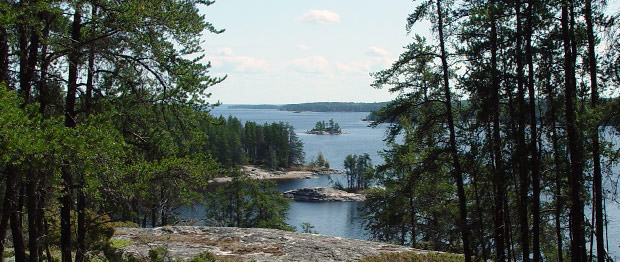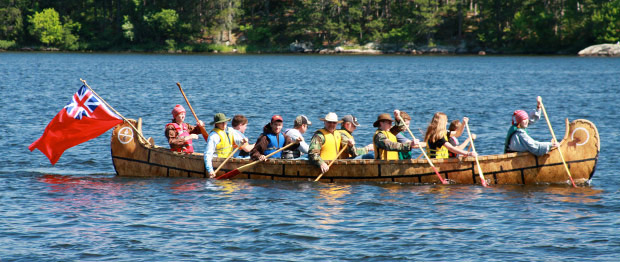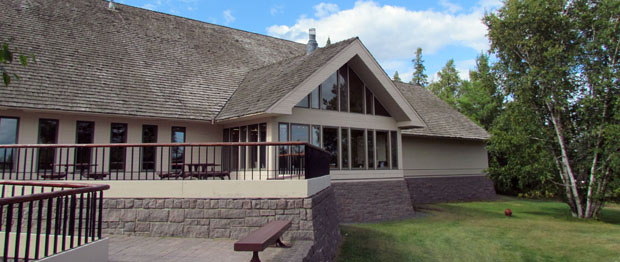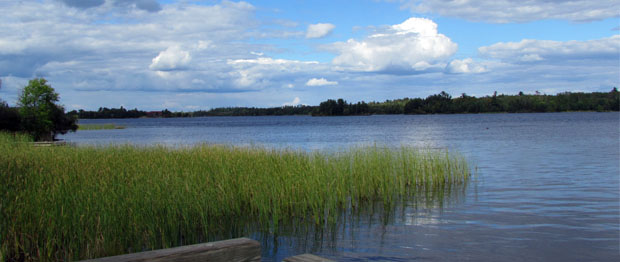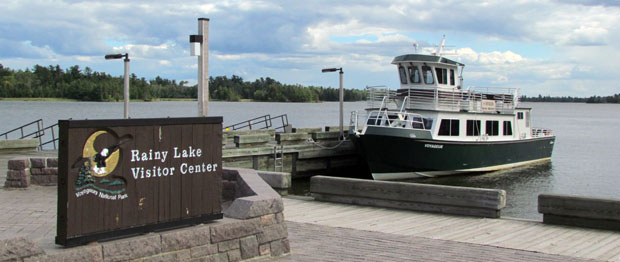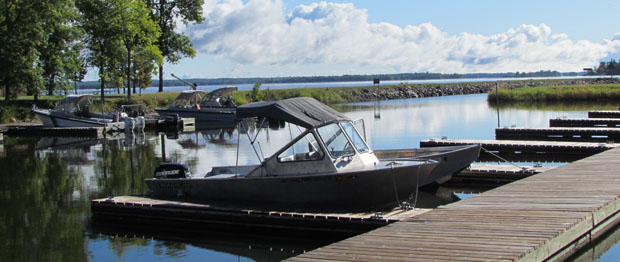
Voyageurs National Park
- The rocks you see at Voyageurs National Park are older than those found at the bottom of the Grand Canyon.
- Voyageurs National Park is home to several wolf packs, as well as black bears, white-tailed deer, bald eagles, common loons and many other species of wildlife.
- Voyageurs National Park includes over 500 islands and 655 miles of shoreline which means plenty of places for you to explore.
Voyageurs National Park is a mosaic of land and water, a place of interconnected waterways that flow west into the Rainy River, and eventually north as part of the arctic watershed of Hudson's Bay. It's a place of transition, between upland and aquatic ecosystems, southern boreal and northern hardwoods forest types, and both wild and developed areas.
The foundation of the park's landscape was sculpted by a series of glaciers that have scoured and carved the area over hundreds of thousands of years. The most recent period of glaciation ended just over 10,000 years ago, exposing ancient Precambrian rocks that formed over two billion years ago. The forests that now drape the upland portions of the park exist on a thin layer of soil that has formed in the comparatively short period of time since the last glacier receded.
People entered this region following the retreat of the glaciers. Early Native Americans were the first to make use of the abundant resources the lakes and forests provided, followed by Europeans and other native groups drawn to the area during the fur trade period of the late 1700s and early 1800s. Mining, commercial fishing, logging, and recreational use brought more people to the region in the years that followed, evidence of which may be found in the park today.
Today, people explore the water-based park by houseboat, motorboat, canoe, and kayak, as you must leave your car to fully experience the lakes, islands, and shorelines of the park.
What JNPA Does Here
JNPA operates three stores within Voyageurs National Park, where we offer books, interpretive products and amenities that enrich visitors' experiences and understanding of the park's natural and cultural history. The proceeds result in annual support, which the park dedicates to educational programming, exhibits, special events and site improvements.


